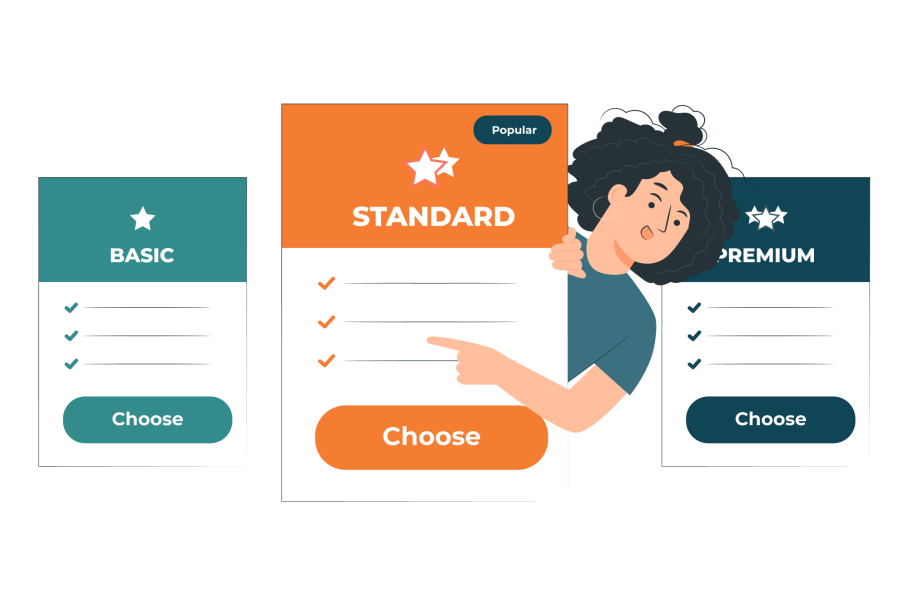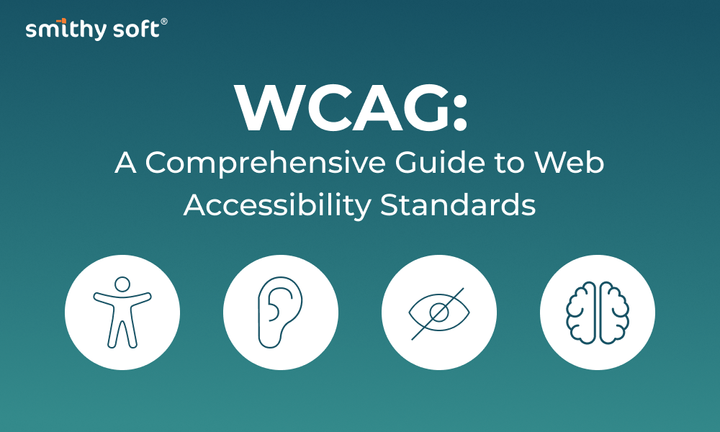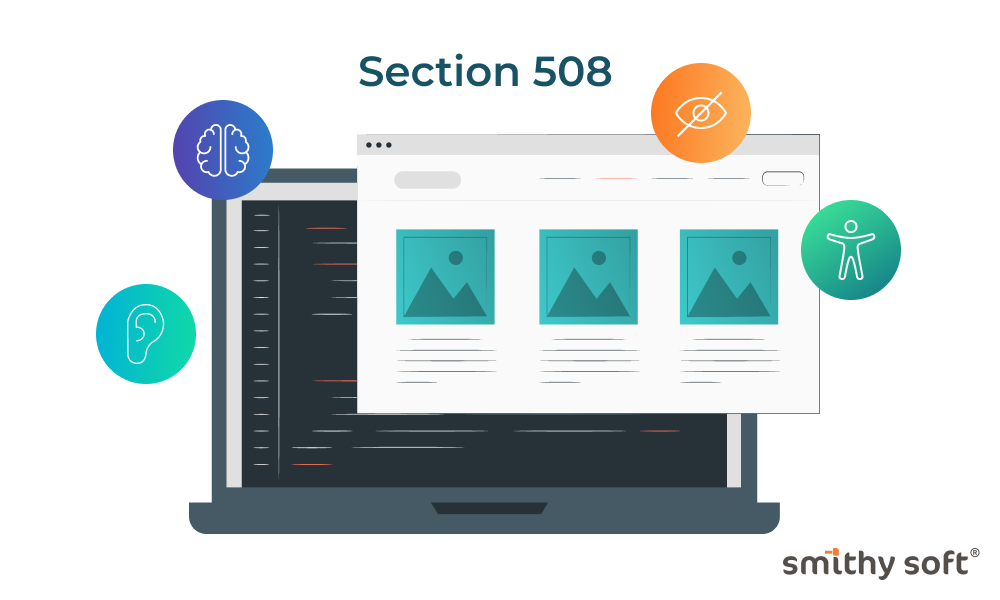How to evaluate your SaaS product? Effective pricing models for startups

Creating a product is just the beginning. Often, SaaS companies spend countless hours developing and promoting their exceptional product, which they release to the market expecting an instant triumph. But suddenly, there is no triumph. Why? Your product is excellent, so could there be something wrong with its price? Is it too high or too low? Why is it unattractive to customers?
The pricing model you choose can either improve or break your business.
Let's be honest, how much time have you spent (or plan to spend) on pricing your SaaS product? Perhaps you belong to the average SaaS startup that pays only six (!) hours deciding on the price and then forgets about it. Companies with the greatest pricing power usually review their pricing strategy every three months at a pricing committee and make changes every six months.
So be prepared right away that pricing is a lengthy process. You will need to review or optimize your price several times a year if you want to increase your recurring revenue. By the way, it has been proven that a 1% improvement in price optimization can increase profits by an average of 11%!
But let's get back to pricing models for SaaS products. There are several commonly used models. Depending on your needs, you can choose one or combine several. Spoiler alert: you will most likely have to try them all and sometimes combine them to respond to external challenges promptly.
Fixed Pricing Model
The simplest pricing model involves setting a single price for a service with the same features. There are no add-ons or options to choose from, just one subscription formula. This model can work for niche markets with very few or no competitors.
The advantages include ease of management for both: users (limited choices, predictable expenses) and SaaS providers (simple pricing and invoicing processes).
The disadvantages include limited growth opportunities and potential deterrence of customers who desire individual options. The lack of choice can lead to a decrease in the number of clients.
Usage-Based Pricing Model
In this model, customers pay for what they consume. It allows your customers to start using your product or service at an acceptable price and increase their commitment as their needs grow. Here, the price is directly linked to the value received.
Pros: Customers pay for what they use, which increases their satisfaction and sense of fairness (as users who utilize the service more pay more, while those who use less pay less). It opens up a broader audience.
Cons are mostly applicable to SaaS providers, as the model is operationally complex due to variability. Additionally, revenue predictability is low, as it will fluctuate depending on customer usage. Consequently, budgeting and forecasting income will be more challenging.
Per-User Pricing Model
This model allows customers to pay for each individual who uses the software. Currently, it is one of the most popular pricing models used by SaaS companies. It is simple both for the client and the SaaS company: the user pays a fixed monthly price, and if they add another user, the cost doubles, and so on. The cost per user typically includes all features, and then it is up to your customers to determine the total number of users.
Pros: Easy to manage and forecast revenue, all clients have access to all product features, and providers can offer discounts for large user groups or additional packages for specific customer categories.
Cons: It incentivizes clients to deceive the system by having multiple users log in through a single account. This model can be quite expensive for large companies with a great number of users.
Tiered Pricing Model

Tiered pricing allows companies to offer multiple "packages" with different combinations of features at different prices. Cheaper versions usually have fewer features than more expensive ones. Each tier or plan has a fixed monthly price.
It's optimal to have three to five tiers to avoid confusion, as customers may find it difficult to determine which one they need. If it becomes too complicated, they may go elsewhere. The most common pricing tiers are basic, standard, and premium.
Pros: Meets the needs and budgets of different customers, has great potential for upselling/cross-selling, easy to operate model, provides predictable revenue and allows for additional sales, allows to derive value from customers of different scales.
Cons: There is a temptation to create too many tiers to cater to all customers and the risk of "price wars" when companies compete to offer the lowest prices at each tier.
Feature-Based Pricing Model
Customers pay based on the features, modules, or capabilities provided by the product. You directly link the price to the functional value you offer to customers. In practice, this model is often combined with the tiered model, where there are different "packages" corresponding to different functional capabilities, with higher-priced packages associated with more available features.
Pros: Allows charging accordingly for complex features that are only needed by select customers, customers can start with a basic package and then upgrade their plan to access higher levels of functionality.
Cons: It can be challenging for providers to manage the pricing for each feature or module; if customers feel they are paying for features they don't use, they may opt out of the product. It's difficult to separate features into tiers while simultaneously encouraging upgrades.
Freemium Pricing Model
The combination of "free" and "premium" is becoming an increasingly popular pricing model among online businesses and software developers. The freemium pricing model allows people to try your product for free and then offers them the option to upgrade to a paid version. Free versions are often supported by advertising. Freemium has become the preferred method for many SaaS companies entering the market or starting testing.
Pros: It allows users to try the product without risk, which can attract more people to use it. Users satisfied with the free features can recommend the product to others, leading to higher organic growth. Advertising support can help providers earn money even if customers use the service for free.
Cons: Free users do not generate revenue for your company, which means your paid users must generate enough income to cover the costs of acquiring and serving all your users, both paid and free.
Hybrid Pricing Model
This is a combination of two or more pricing models. It allows companies to offer customers different pricing options based on the features and services they need. With hybrid pricing, customers can choose between one-time payments or subscription-based options. It is a highly advantageous and flexible model for your business but is complex to implement and requires an understanding of the functioning of all the aforementioned models.
How to Choose a Pricing Model that Works for You?
Step 1. Research your ideal potential customer: who they are, their age category, social and family status, how active they are, how much time they spend on SaaS products, their budget, etc. It's also helpful to review data about your current and past customers (pay attention to how they have evolved over time and if they have developed new product requests).
Step 2. Evaluate your KPIs: your Customer Acquisition Cost (CAC) - how much it costs you to acquire a new customer, and your Customer Lifetime Value (CLV) - how much money a customer will bring you during your business relationship.
The higher the ratio between your CLV and your CAC, the better your profitability. Since retaining a customer is always cheaper than acquiring a new one, your CLV should be maximized.
These KPIs form the basis of your pricing strategy: your price should not be lower than your CAC, at least in the long term.
Step 3. Understand your strategy and choose a pricing model. Don't do it alone, instead, engage your team. The pricing process is like playing darts: you can throw randomly or you can aim for specific points on the board. But without data guiding you where to aim, you might be shooting in the dark.
What data will help you "aim":
- The "cost-plus" formula: you do something but sell it for more than it cost you to make (consider all expenses).
- Competitors' prices: this should serve as a benchmark for your business and a starting point for reflection.
- You need to determine the true willingness of your target customer to pay for a specific product using customer data (this knowledge is obtained in Step 1).
In conclusion
Approach the pricing process of your product as an exciting game where conditions and input data will periodically change, and you will need to act accordingly by adjusting the price. The mentioned pricing models are starting points. With experience, you will learn to combine and integrate them, finding the universal "key" for your product. Even when you settle on your pricing model, there will always be an opportunity to increase your price to increase profits. Various psychological techniques and strategies can assist with that, but that's a topic for another blog post :)


